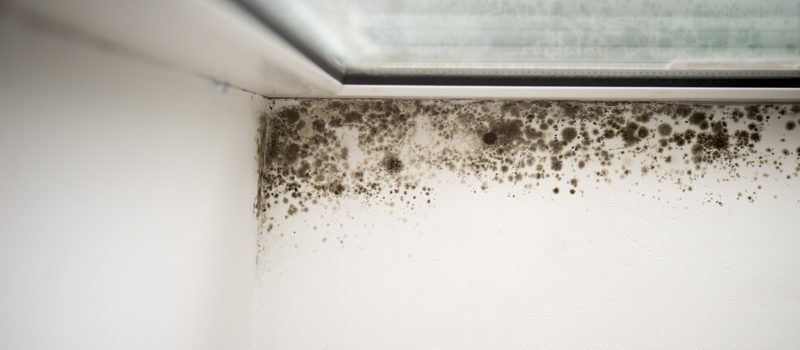At one point or another, every house will get mold.
Sometimes it can be as easy as simply scraping the mold off to contain and eliminate the problem. In other cases, it is imperative to hire a specialist to remove the growth.
Many times mold is more of a nuisance than anything else. However, different strains can pose serious infrastructural and health implications.
Here is your guide on how to remove mold yourself and when to call in the experts.
The Dangers of Mold
Mold thrives in damp environments. Common household places most vulnerable to mold growth include window sills, beneath pipes and faucets, near large appliances, and under flooring that has been flooded.
Mold can cause serious damage to wood and walls in the home. It also affects air quality within the home. But most importantly, mold can instigate serious respiratory problems in humans and household pets.
In order to eliminate these potential hazards, it is important to ensure that mold growth is removed in its entirety.
How To Remove Mold Yourself
If the problem is small enough, removing mold yourself can be as easy as just scrubbing the affected area with soap and water. More resilient strains of mold can be treated with a 1:9 ratio of bleach to water solution and a rigid scrubber.
Always wear gloves, goggles, and a respiratory mask when treating mold yourself. Once the mold is treated, launder or throw away all clothing that may have come in contact with the contagion.
The best way to remove mold from your home is to take initiatives to avoid moisture buildup before mold forms. Try opening up windows after hot showers to reduce condensation build up. Frequent leak checks and good ventilation in attics, basements, and crawl spaces will also help minimize mold vulnerability.
Learn more about how to remove mold yourself at biologicalhealthservices.com.au.
When To Call A Professional
In more serious mold cases, the concentration may be much larger than what the eye can see. If you find mold growing on drywall, studs, or subflooring, the best course of action is to call a certified professional.
Hidden mold is common in addition to visible mold. To the average person, it can be difficult to identify the true scope of a mold concentration. If a significant area is afflicted with visible mold, hiring an expert will ensure that all mold visible and hidden is safely treated.
If you are unsure if a professional is necessary, just reach out for an assessment. Many professional mold removal companies offer initial inspections of a mold problem free of charge.
Mold Removal: DIY or Hire A Specialist?
Mold can be a finicky household pain. It can cause a great deal of damage to wooden infrastructure in addition to posing health hazards to your or your family.
If practicing good prevention techniques, removing small infections can be done quickly and easily yourself. However, larger growths that have been undertreated or ignored will require help from a professional.
Whatever you do, don’t just ignore household mold. Treat it properly and keep your home clear of infrastructural and airborn contagion.

